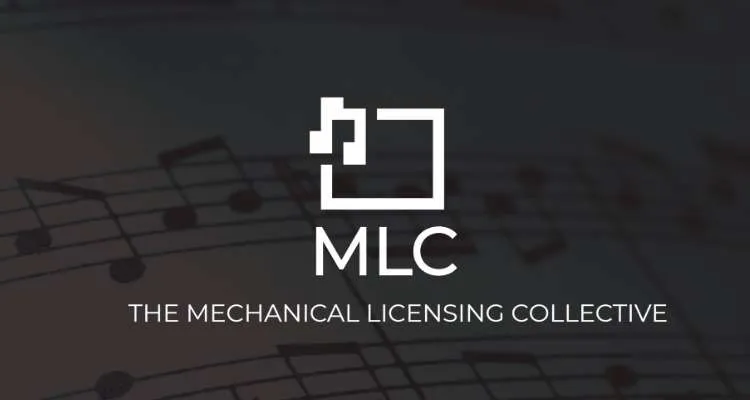
The Mechanical Licensing Collective (MLC) had accumulated at least $561 million in unmatched royalties as of 2021’s end, according to tax documents reviewed by Digital Music News.
The music industry can count the MLC as another major contributor to the multi-billion-dollar ‘black box’ of unpaid royalties. Earlier this week, an anonymous source reached out to Digital Music News with word of a massive tranche of owed-but-unpaid mechanical royalty compensation, as well as adjacent concerns about the operations of the Mechanical Licensing Collective. The organization said in October of 2022 that it had distributed $700 million to members.
To recap, the Nashville-headquartered Mechanical Licensing Collective in February of 2021 ingested approximately $424 million in unclaimed streaming royalties from the likes of Spotify, Apple Music, and a number of others. The organization was founded after unanimous Congressional approval, with a firm mandate to properly collect and pay songwriters and musicians from plays on streaming platforms.
Now, it appears that artists are missing out on hundreds of millions in owed royalties. Accompanying this substantial collection of unpaid royalties were 1,800 or so files, themselves encompassing roughly nine billion lines of data about the unidentified songwriters to whom the compensation was owed.
And while many assumed that the MLC – the sizable budget of which previously elicited criticism – had chipped away at the figure during the remainder of 2021, the mentioned tax filings show that the pile of black box royalties was even larger when the year concluded.
Per the “other liabilities” section of a nearly 30-page-long filing, “unmatched royalties” totaled $561,773,734 at 2021’s end. Additionally, the Mechanical Licensing Collective’s “funds on account” reached $109,611,436 in 2021, the filing indicates, compared to $46,546,630 worth of “royalty liabilities.”
Though the initially disclosed anonymous source communicated that the latter two liability categories likewise consist of unmatched black box royalties – thereby driving the total well over $700 million – DMN was unable to definitively confirm as much in time for publishing.
When asked about the MLC’s current black box royalty figure, the organization’s chief marketing officer Ellen Truley (whose 2021 base salary cracked a staggering $341,000, also according to IRS tax disclosures) declined to share any figures but offered “to get back to you with information on Monday.”
Multiple follow-up messages exchanged between DMN and Truley prompted the latter to offer “to chat with you to get you the most accurate info,” but failed to produce a direct answer to the seemingly straightforward question.
Needless to say, the above-highlighted data raises interesting questions about the efficiency of the MLC’s operations, the organization’s ability to direct compensation to the appropriate parties, and the amount of unmatched royalties at present. And on this front, it bears mentioning in conclusion that DMN’s source also pinpointed several other alleged problems with the Mechanical Licensing Collective.
Specifically, the entity is said to be driving down the per-stream mechanical rate by failing to exclude from its calculations streams attributable to public domain and literary (non-musical) works.
Finally, DMN was provided with a breakdown of an artist and songwriter’s streaming royalty statements from DistroKid and the MLC. With each of the music professional’s works organized by title and ISRC, the resource appears to show significant discrepancies between the number of recording streams identified by DistroKid and the number of composition streams identified by the MLC, which should in theory match.
One work garnered north of 1.15 million Spotify plays in the DistroKid report but failed to register any MLC streams at all during the same period, for instance, potentially signaling a major underpayment. Interestingly, there are comparatively few differences in stream counts on platforms such as Apple Music and Amazon Music, the document shows, and the size of each difference seems to be far smaller.

